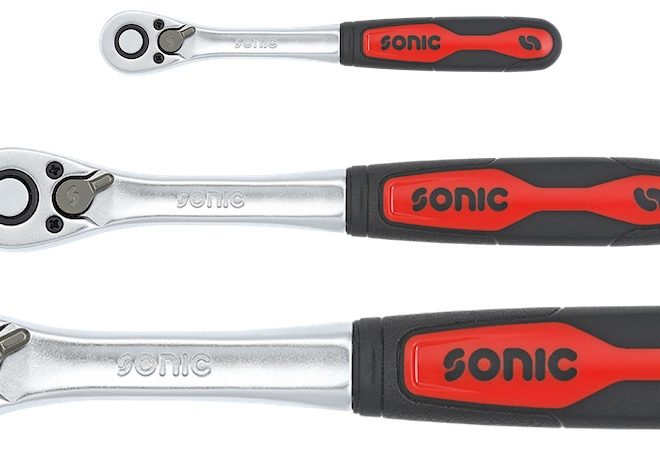
Driver Health: The Hidden Gear Behind Fleet Safety
In an era where fleet safety technologies such as cameras, collision avoidance systems, and route optimization tools continue to evolve, one critical factor often remains underemphasized: the driver. No matter how advanced a truck’s systems become, the person behind the wheel remains the foundation of safe and efficient operations. Poor sleep, dehydration, nutrition gaps, and chronic stress don’t just weaken performance. They erode safety, decision-making, and long-term resilience.
On the road, drivers face an array of physical and mental challenges. Irregular schedules, limited food options, long hours of sitting, and extended periods of isolation can take a cumulative toll. Over time, these pressures build up, impacting not only reaction time and focus but also overall mood and motivation. A driver struggling with fatigue or stress is more likely to make avoidable mistakes, experience slower reflexes, or feel disengaged from the job.
For this reason, wellness on the road requires as much attention to planning as fleet maintenance or route management. It is about anticipating hidden risks — identifying rest-friendly routes, ensuring access to nutritious food, and encouraging short activity breaks throughout the day. Small adjustments in planning can make a meaningful difference, from reserving time for rest stops to integrating light exercise routines that help drivers stay alert and physically balanced. In addition, strong communication and a supportive company culture empower drivers to prioritize their own well-being without fear of falling behind schedule.
From a business perspective, investing in driver wellness goes far beyond reducing the risk of accidents. Healthier drivers are typically more engaged, more consistent, and more loyal to their companies. They are also more likely to uphold vehicle care standards and maintain higher levels of customer service. Fleets that actively promote health programs often experience improved morale, lower turnover, and smoother day-to-day operations. Wellness initiatives become a long-term investment in both people and performance.
Technology is also helping bridge the gap between human wellness and operational insight. Real-time monitoring can identify fatigue-related driving patterns such as drifting, inconsistent speed, or frequent hard braking. Fleet managers can then step in early to suggest rest breaks or evaluate workloads. These insights not only prevent incidents but also contribute to data-driven scheduling practices that keep drivers safer and more productive.
Still, technology alone cannot create a culture of care. Fleets that foster open communication, flexible scheduling, and access to health resources create an environment where drivers feel valued and supported. Over time, this approach transforms wellness from a personal responsibility into a shared commitment that strengthens both safety and success.
For a deeper look at how fleets can support driver wellness and safety, explore the accompanying guide from Track Your Track, a provider of fleet tracking systems.










